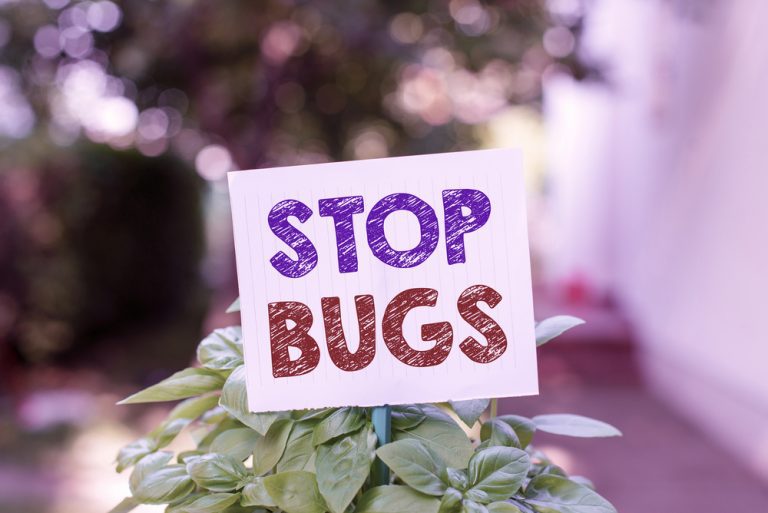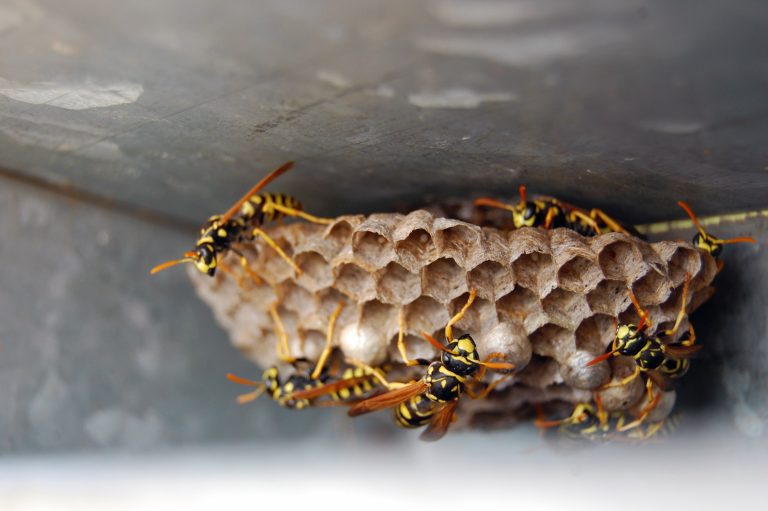Venomous spiders in Oklahoma
The brown recluse and the black widow spider are known to be the most harmful spiders in Oklahoma. But other species in the State, such as yellow garden spider, jumping spider, wolf spiders, Oklahoma brown tarantula, common house spider, American nursery web spider, and many others, are commonly mistaken for dangerous spiders. Although some individuals may find these spiders intimidating, frightful, or ugly, most people find their bites not very dangerous.
Bites from spiders in Oklahoma rarely result in death, although they might have minor to serious side effects. Various factors determine the degree of the response to spider venom. Depending on the bite place, how long the fangs have been in the tissue, and how much venom is delivered, the volume of venom administered can range from nearly very little to a total dose.
Additionally, different people may react differently to a similar type and quantity of venom because age, the victim’s overall health, and genetic variances may impact how severe a reaction is.
The Brown Recluse Spider
The brown recluse spiders, also known as the brown Spider, are not hostile and typically only bites when threatened. Brown is a soft-bodied, reclusive species ranging in hue from brownish to dark brown. The adult spider has delicate, long legs covered in short, dark fur and measures approximately 1⁄2 an inch.

Different people respond differently towards the bite; some might not notice the bite after a few hours, while others might feel discomfort immediately. Bites from recluses are extremely painful and take four to twelve weeks to heal.
Brown recluse spider poses severe and numerous dangers. This Spider’s fangs contain a highly potent necrotic venom that can result in severe swelling, redness, and agony at the location of the bite. Serious bites may result in a painful condition and potentially irreversible tissue damage. These injured tissues may take weeks or even months to heal properly.
Black Widow Spider
Unlike a brown recluse spider, black widow spiders are slightly more giant and have glossy black coloring. It has a spherical shape and never has hair. In two rows, there are eight eyeballs on it. Males are substantially smaller than females, measuring just about 1 inch overall for males and around 1 1/2 inches overall for females.
The knob-like appendage can identify the male at the front of the skull, usually with three bright streaks on the male’s belly. A reddish hourglass-shaped patch on the underside of the female’s globular abdomen is the best identification feature, although the female has thin, glossy black legs. Since a female spider’s bite has the potential to cause major medical issues, it is crucial to identify female spiders.
Even though black widows would always rather avoid conflict, their bites can seriously injure people. A black widow’s strike can be fatal concerning pets, young children, or people with impaired immune systems. Black widow females create asymmetrical cobwebs that they utilize to trap victims.
The female’s bite releases a neurotoxic venom that frequently causes severe symptoms. The bite feels like a pinprick, but after a few minutes, it can become unbearably painful and spread to the arms, limbs, chest, back, and belly. A few hours later, symptoms including chills, nausea, difficulty breathing, excessive sweating, disorientation, partial paralysis, and severe stomach cramps, aches, and spasms may appear.
The pain may be so intense that it frequently results in diagnoses of food poisoning, colic, or appendicitis. In most cases, healing is completed in one to five days. The victim of a bite should seek medical attention right once.
Additional Common Spiders
The Rabid Wolf Spider
The central and southern parts of Oklahoma are the prominent locations for rabid wolf spiders. Despite their frightening name, they are not as harmful as a rabid mammal! The term comes from their hunting behavior, which frequently resembles the jerky, unpredictable motions typical of rabid animals. Bites are rarely distinguishable from an insect bite, only somewhat unpleasant and not fatal.
Brown Tarantula
Brown tarantula species are mainly found in Oklahoma’s southern regions. Additionally, they go by some other well-known state names, such as Oklahoma brown tarantula or Missouri. Despite being poisonous, the Oklahoma brown tarantula is renowned for being peaceful and gentle.
Green Lynx Spiders
In Oklahoma, gardens and backyards are home to the green lynx spider. Male green lynx spiders are marginally smaller than females, ranging in length from twelve to twenty-two millimeters. Although their legs frequently have a more yellowish-green appearance, their prominent appearance is pale green, hence their name. Additionally, they have recognizable red patterns on both sides.
Unlike striped lynx spider, green lynx spiders don’t make webs. Instead, they hunt prey using their incredible speed and adept camouflage.
Jumping Spiders
These spiders have short, thick legs and a small to medium size. With three or four pairs of eyes, the largest pair in the center, the group has a characteristic eye pattern. The body has a fair amount of hair and is frequently iridescent or vividly colored. Although jumping spiders do not have venom, some people may experience reactions to a bite, as is the case with all spiders.
A white or red, uneven patch on the side of the abdomen is typically present in Oklahoma. Its common name, “golden jumping spider,” comes from the fact that it frequently has a gold mark on its abdomen in other states.
An interesting spider, the tan jumping spider, lingers on tree limbs, fence posts, or any other vertical structure as they observe you conduct yourself. If you allow them to, they are friendly enough that they will crawl on your hand. It bites you if you startle or squeeze it, so be careful.
Furrow Orb Spider
Spiders that weave orbs create the flat, circular webs typically associated with spiders. Although orb spiders can be spotted in fields, along fences, near homes, and other places, these spiders are frequently referred to as banded garden spider. However, garden spiders are beneficial because they capture many problem insects nearby homes and gardens.
Conclusion
Spiders in Oklahoma should be recognized by their look and behavior. Since spiders prefer peaceful, undisturbed spaces to lay their eggs, regular cleaning of cellars, closets, and similar areas can help keep spiders at bay. To keep common house spiders out of your building, seal it with caulk, weather stripping, and screening. When possible, utilize a hose pipe to clean outdoor spaces, especially those underneath roof rafters.



